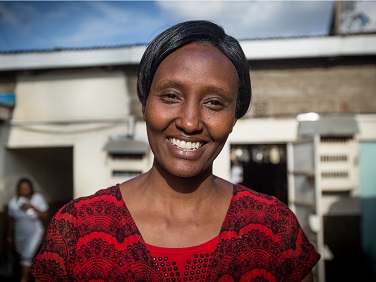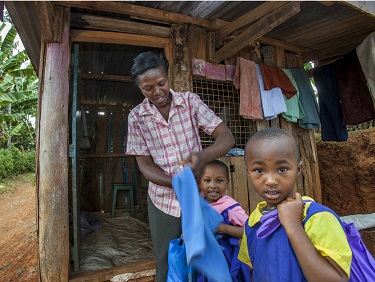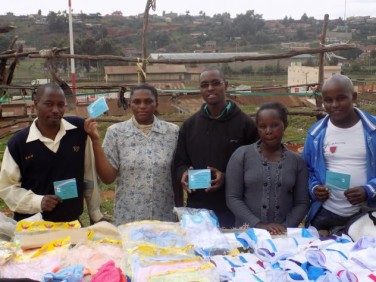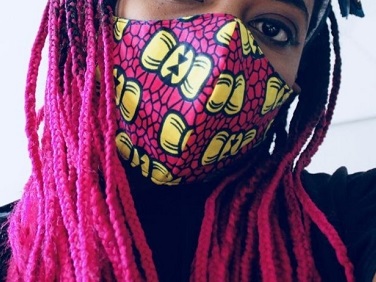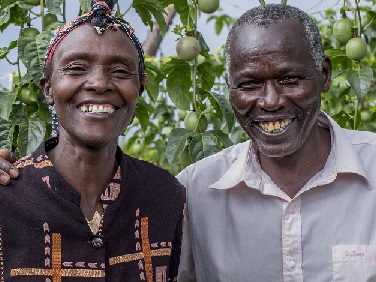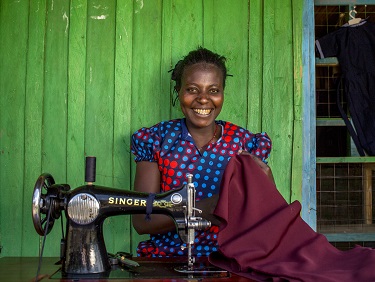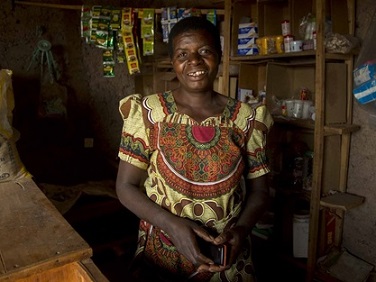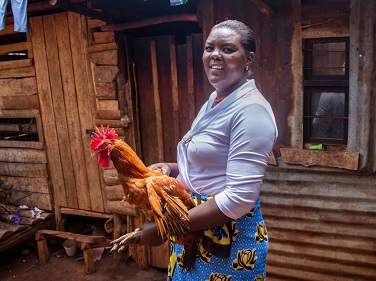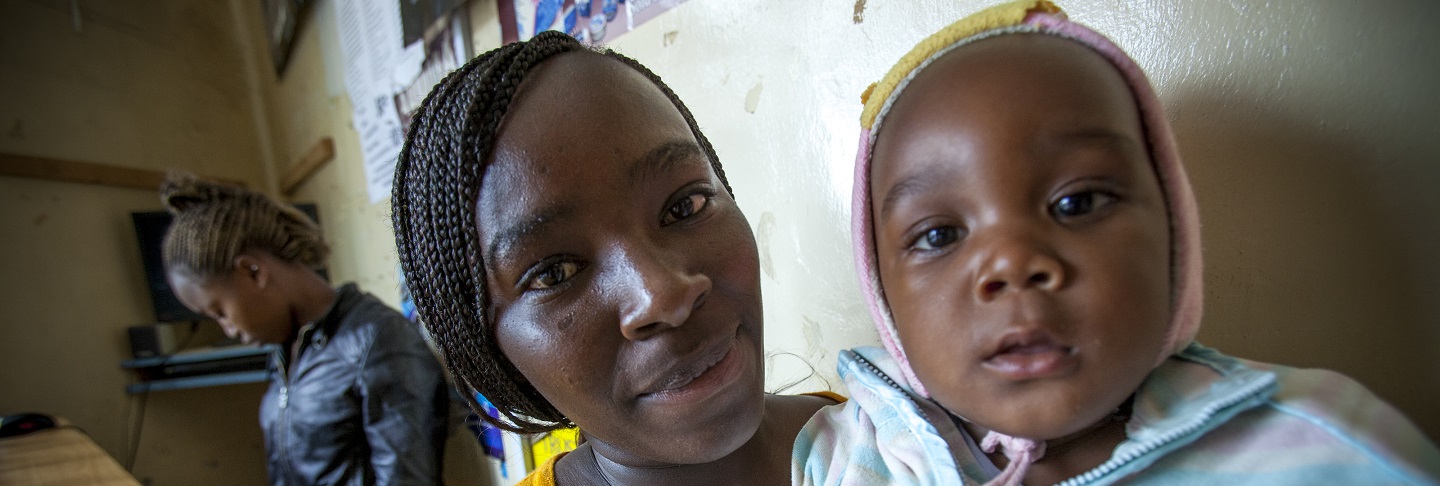
Our work in Kenya
Training for young mothers. After-school entrepreneurship clubs for children and teens. Climate-resilient agriculture for thousands of women and families. Hand in Hand’s operation in Kenya is among our most pioneering, a network leader and regional hub.
Read on to learn more about our programmes, meet our entrepreneurs and find out how you can help women in Kenya claim the power – and money – to lift their communities out of poverty, for good.
Members trained: 334,430
80% of our Self-Help Group members are women. The rest are their husbands, brothers and sons
Businesses started: 334,430
Hand in Hand entrepreneurs grow climate-resilient crops, prepare food, run shops, make clothes and more
Jobs created: 551,488
“Development happens through jobs,” says the World Bank. Our entrepreneurs make their own success, breaking the cycle of dependency
Lives improved: 1,575,568
Every business we help create in Kenya benefits an average of four family members – young, old and everywhere in between
Featured projects
The situation for women
Women living in Kenya face restrictive norms and attitudes that keep them from earning their own incomes, controlling their own assets and making decisions for themselves and their families. Hand in Hand gives them the skills they need to overcome those barriers – or better yet, smash right through them.
70% of Kenyan farmers are women
7% of Kenyan women own land
38% of women aren’t in paid work
16% of women are illiterate
Meet our entrepreneurs
High ROI, long-lasting impact
Hand in Hand recently undertook a major audit of our operation in Kenya to establish our return on investment (ROI): the amount our members earn per year for every dollar donated. The review was conducted across one of our biggest completed projects to date, funded by the government of Sweden.
Total project expenditure was US S2.3 million. And the total annual income generated by our members’ enterprises in the first year alone? US $2.78 million, for an ROI of 21 percent.
To put those figures in context, consider that the S&P 500 has generated annualised returns of 9.7 percent, including dividends, since 1965. Or, to pick a more ambitious comparison, that Berkshire Hathaway’s average annual stock price gain under Warren Buffet, the world’s most successful investor, is circa 20 percent.
All that at lower cost than comparable programmes, which spend 15 percent more per member, according to the World Bank.

By teaching our members the skills they need to run their own micro-enterprises, Hand in Hand necessarily puts sustainability at the core of our work. What good is a livelihood if it doesn’t long outlast our support?
Recently, we returned to one of our projects in Kenya nine months after it concluded to check up on our members. Were they still saving? Were their enterprises still going strong? Here’s what we found.
- 100 percent of Self-Help Groups were still meeting regularly
- 92 percent of members were still saving (86 percent regularly)
- 80 percent of enterprises were still operational – and expecting to grow (by way of comparison, 80 percent of new US businesses survive their first year, according to the Bureau of Labor Statistics)
- 87 percent of jobs still existed
- Members had increased their incomes, on average, by more than 100 percent.
Download PDF
Independent evaluations
Hand in Hand strives to be as transparent as possible. Download our latest independent evaluations from Afghanistan below.
Survey of former members commissioned by Visa
‘In total, 95 percent of members said their life had improved’
Mid-term review commissioned by IKEA Foundation
The project played a ‘critical role…in creating rural opportunities for youth and women’
End-term evaluation of commissioned by Swedish government
‘Hand in Hand is a centre of excellence’
Expansion map
Hand in Hand Eastern Africa works in 23 of Kenya’s 47 counties. We plan to expand into one more.
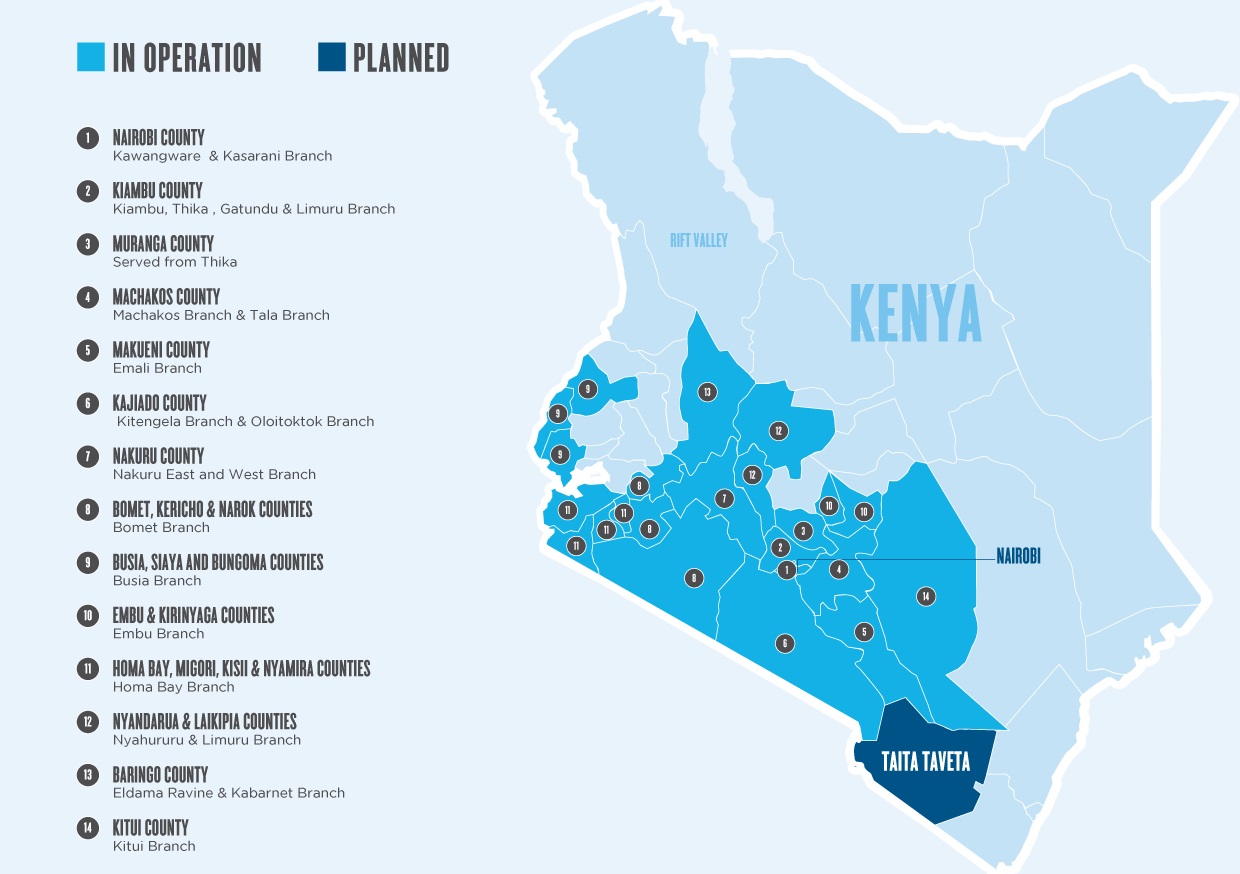
Meet Hand in Hand Eastern Africa CEO Albert Wambagu
Albert joined Hand in Hand Eastern Africa in 2012, having spent 13 years in senior roles at CIC Group, one Kenya’s fastest-growing insurance companies.

